The very first Sony FE lens that I reviewed was not a Sony; it was a Zeiss. When Zeiss approached me about reviewing the Zeiss Batis APO Sonnar 135mm f/2.8 lens, I actually had no way of doing so as I didn’t own any Sony bodies. B&H Photo bailed me out by loaning me an a7R2, which allowed me to also do a mini-review of that camera as well. While I wasn’t completely blown away by the a7R2, I was very interested in the idea of having autofocus lenses with that legendary Zeiss optical performance. I didn’t take the plunge to purchase the a7R2, but some of the positives of that experience (and the thought of autofocusing Zeiss lenses!) translated into serious interest when the Sony a7R3 was announced, and, after reviewing that camera to death, I made the decision to purchase one for myself. One thing I knew after that experience with the Batis 135mm; I was seriously interested in the Batis line if I ever added Sony to my own kit. That interest certainly didn’t go away. So, when I knew that I would be visiting the Shenandoah Mountain region in Virginia along with making a trip into Washington, D.C., I reached out to the great people at Zeiss North America, and they hooked me up with a couple of Batis loaners – the Zeiss Batis 25mm f/2 Distagon T* (featured here) along with the lenses big brother, the Zeiss Batis 18mm f/2.8 Distagon T*. I decided to look at the two wide angle Batis options at the same time so that I could compare and contrast them for myself…and for you. The Batis 25mm is an extremely interesting option for owners of both full frame and APS-C Sony E mount cameras, but is it the lens for you?
Check me out on: Google+: | Facebook: | Twitter: | Flickr: | 500px: | Sign Up for My Newsletter :
Prefer to watch your reviews? You can see my thorough video review here:
Batis 25mm f/2 Build, Design, and Handling
You can get the whole picture of the build and design in this video here:
The Batis series has a very familiar look. These two lenses are, respectively, the 21st and 22nd Zeiss lenses that I have reviewed. The current “Zeiss look” debuted on the ultra-premium Otus series, and is one of the most elegant looks in the business. One of my favorite aspects of this current design language is how the lens hood design is a part of the “flow” of the lens profile. Many lens hoods are functional, but look like afterthoughts from a design perspective.
Zeiss lenses have a reputation for being some of the best made lenses in the business, and that truth ratcheted up with the Milvus series for Canon and Nikon DSLRs due to having thorough weather sealing to compliment the all metal and glass construction. What the Milvus (or Otus) series lenses are not, however, is light. They are typically among the heaviest lenses in their respective classes, with a unique heft and feeling of density that is uniquely Zeiss in my mind.
The Batis series takes the Zeiss design ethos of having very well-built lenses complete with weather sealing but then marries that with the mirrorless need for much lighter lenses. As a result, the Batis lenses look familiar but feel different in the hand. I first reached for them expecting that familiar heft, but instead found a lens that feels surprisingly light. An excellent case in point is the Zeiss Batis 18mm f/2.8 and the Zeiss Milvus 18mm f/2.8. Both lenses are made for full frame sensors, and have fairly similar dimensions (Batis is 100mm in diameter and 80mm long, while the Milvus is 90mm in diameter and 93mm in length – which translates to 96% of the same volume). The weight? Well, the Batis lens weighs 330g, while the Milvus lens is 721g! The Batis series is remarkably light by comparison.
In the case of the 25mm f/2, Zeiss has managed to produce a lens that feels very well made (mostly lightweight metals), has dust and moisture resistance, but still manages to weigh in at a lightweight 335g (11.82oz). This makes it lightweight enough to also pair nicely on the Sony a6500 APS-C camera body that I also tested it on alongside the full frame Sony a7R3. There are a lot of happy users of the Batis 25mm on APS-C cameras. The lens is moderately sized as well, with an 81mm diameter (3.19”) and 78mm length (3.07”). It has more of a squat profile than anything, but the modest length of the lens means that there is little weight situated out from the camera, making it an easy lens to balance even on lighter camera bodies. One weight-saving measure that I’ve noted on the Batis series as compared to other Zeiss lenses is that the lens hood is made of plastic rather than metal. They’ve done a good job of blending the finish of the metal lens barrel and the plastic hood so that visually there is no difference. It is only when you handle the hood that you detect a difference in construction.
On the note of the finish: I personally am a big fan of the sleek, black, anodized satin finish on Zeiss lenses. Other lens makers have followed that visual cue (Tamron and most recently Tokina come to mind). The royal blue of the Zeiss badges look great inset on either side of the barrel. But some have complained that the finish is prone to picking up fingerprints (which can be true).
The barrel has no switches on it, so you will have to switch into Manual Focus mode in the camera body, or by shooting in DMF (Direct Manual Focus) mode that continues to allow autofocus but allows you to manually override focus at any point. One nice thing about this is the that camera will automatically zoom in the image on the LCD screen or viewfinder when manual input is detected, which makes it much easier to make quick manual adjustments on the fly.
The manual focus ring has a rubberized texture that is very similar to the Otus series. Some has objected to this, citing that the rubberized surface will break down and peel over time, but I have never seen any evidence of this actually happening. Sometimes people just like to complain. It is an easy surface to grip, and, unlike the rubberized focus rings of some other brand lenses that I have used, I have found that the Zeiss material isn’t particularly prone to collecting lint.
There are no distance markings on the barrel, which is typical for mirrorless autofocusing lenses due to manual focus being “focus by wire”. All focus input on the manual focus ring is routed through the autofocus motor of the lens, and it is actually the focus motor, not the ring, that moves the elements. Because there is no mechanical connection to the lens elements, there is no fixed position for the focus ring, and thus no traditional focus distance information. Most mirrorless lenses force you to rely on focus information in the camera body, but on the Batis series this particular bit of information can be tasked to the OLED screen further up the barrel. When the camera is turned on the OLED will flash the word “Zeiss”, and then what information that is further displayed there will depend on what mode you put it. Out of the box it will mostly stay dark unless you are in manual focus mode, when it will display actual focus distance as a numerical value (in meters [up to two decimal points] or feet), which is very handy and arguably more useful than a traditional focus window.
The usefulness doesn’t end there, however. If you put the camera in MF mode and then turn the manual focus ring to the left past minimum focus 360 degrees you will enter into the control for the OLED. You have three options there: ON, MF (Default Position), and OFF. In the ON position it will show the focus distance even in AF mode. If you put the camera in MF mode and twist the focus ring to the right for a while it will allow you to switch the readout to measuring in feet rather than meters. You might argue that this is of minimal value, but when you consider that many mirrorless lenses lose any kind of distance window, I think that this is one of the beneficial hallmarks of the Batis line.
Moving to the lens mount, you will find a metal lens mount with a rubberized gasket (for the weather sealing) in Zeiss blue (always a nice touch to me). It’s a small thing, but the raised circular area that denotes the lens mount point on the outside of the barrel is actually very useful. Many lenses just have something painted there, but if you are in dark or dimly lit conditions (like when shooting Astro), being able to find the mount point by tactile feel is kind of a big deal. Thank you, Zeiss, for thinking of the small things.
Up front the look of the lens is very familiar to Zeiss shooters, with metal filter threads (a very common 67mm here), and classy branding information.
One distinct advantage (particularly for my shooting style) of the Batis 25mm over the 18mm f/2.8 is the close focus ability of the 25mm. I tend to value lenses with the ability to focus closely and with a good magnification figure, as it enables more variety in the types of images that you can take with a particular lens. The Batis 25mm allows you to focus down to a very close 20cm (7.87”), where you will have a very useful 1:5.2 reproduction ratio (0.19x). This is nearly double that of the 18mm. The Batis 25mm employs floating elements to enable better performance near minimum focus distance.
The Batis 25mm is, like other Zeiss lenses, made in Japan. All in all, this is a beautiful little lens that will look very handsome mounted on your camera.
Batis 25mm Autofocus
I’ve already dealt briefly with the manual focus ring in terms of its feel, but before I deal with the autofocus, let me briefly detail the nature of the manual focus action (it just seems right when reviewing a Zeiss lens!). It’s pretty well documented by this point that I’m not a huge fan of focus by wire, but I have to admit that some of these premium lenses are starting to make it a much better experience. The weight of the manual focus ring on the Batis 25mm is about right, with the freedom to move fast when making major focus changes but enough weight to make small, precise movements when needed. The speed of movement responds to your input speed, so it will move quickly when making fast input and then slowly when you want more precision. There doesn’t seem to be an issue with lag between your input and focus changes. All in all this is a much more sophisticated implementation of “focus-by-wire” than what I saw with early Canon STM motors. The biggest thing missing is the tactile feel that only great manual focus lenses provide – the hard stops at minimum focus and infinity and the feeling of moving the elements directly.
Video shooters may favor the manual focus Zeiss Loxia series instead, as the purely mechanic focus ring will work better with either manual focus or focus follow systems than any focus-by-wire lens (even a good one like this!)
The Batis 25mm is a different breed than most Zeiss lenses; it is an autofocus lens (as are all Batis lenses). Thus far it is only on Sony mirrorless where we have seen true Zeiss (not Sony/Zeiss) autofocus lenses. There are two autofocus Zeiss series on Sony cameras, the Touit series (APS-C) and the full frame Batis series. There’s a lot of things that I like about the Touit lenses, but the behavior of the autofocus systems in the Batis lenses is definitely more sophisticated. The Touit lenses tend to be louder in operation, while the Batis lenses are essentially silent in operation. The only real noise that I typically hear in operation is the beep confirming focus lock.
Focus speed is generally very good. There was a [very] occasional focus “miss” on the first focus attempt, which would trigger a focus rack before the autofocus queued things up again, but most of the time focus was quick and confident. I also had good success with focus accuracy, with my only real challenges coming at or near minimum focus when the AF system wanted to grab the background rather than the subject.
All of the various Sony focus modes work well, as does technology like Eye AF. There are limits to Eye AF with a wide angle lens, as if you subject is too far away from the camera the focus area (eye) may be almost too small to detect. At reasonable distances (25 feet or less), Eye AF works fine.
One minor thing worth noting is that you can manually focus a little close than what the lens will autofocus, so don’t be afraid to maximize your magnification of close focus objects by using a little manual focus.
All in all the autofocus performance from the Batis 25mm is a positive experience. Having an autofocusing Zeiss is just as great as you think it is!
Batis 25mm Image Quality
The single greatest reason to buy Zeiss is because of their incredible experience with creating excellent optical instruments. The name has been synonymous with excellent image quality, and my expectations are frankly pretty high whenever I review a Zeiss lens. This lens employs the familiar Distagon optical arrangement and has 10 element in 8 groups. Can the smaller, lighter Batis 25mm f/2 maintain the high Zeiss standard?
The short answer is yes. I recommend that you watch this video to get the details along with a comparison to the 18mm f/2.8:
Both the 18mm f/2.8 and the 25mm f/2 have unique strengths. The Batis 18mm f/2.8 may be one of the sharpest wide angle lenses that I’ve seen in the middle of the frame, with near perfect sharpness and contrast even at f/2.8. Its performance is a little uneven, though, with a noticeable variance between the center 2/3rds of the frame and the outer portion of the frame…particularly at closer focus distances, where some field curvature comes into play. It also exhibits more distortion and vignette than the 25mm f/2. At infinity distances it has a slight edge in sharpness and contrast in the center 2/3rds of the frame, but the extreme corners favor the 25mm.
The Batis 25mm f/2 stands out for the evenness of the resolution across the frame. It never quite reaches the level of sharpness and contrast in the center of the frame of the 18mm (though it is excellent in its own right), but gives a more compelling edge to edge performance. It exhibits lower distortion and vignette as well. The 18mm f/2.8 has lower coma than the 25mm f/2 with both lenses wide open, but stop the 25mm down to f/2.8 and it gives the sharper result with lower coma.
Batis 25mm Resolution and Contrast
First of all, applying the Lightroom profile for the Batis 25mm in addition to the embedded RAW profile makes a noticeable if not extreme difference. There is only very mild distortion, and there will be very few situations where you will notice this difference. The Batis 18mm f/2.8 actually leaves somewhat of a mustache distortion behind after just the embedded lens correction, but the native distortion in the Batis 25mm f/2 is obviously pretty mild to begin with. There should be zero concerns after applying the standard profile. There is some vignette that remains after the embedded profile is applied, but the Lightroom profile seems to finish clearing that up without any kind of damage done to the image.
I did notice some chromatic aberrations in a few extreme situations, but in most situations they were well enough controlled as to be nearly unnoticeable. You can tell that axial chromatic aberrations are very low by looking at the infinity results, which, even at f/2, are pretty incredible across the frame. At a pixel level you can see the faintest amount of CA on the high contrast white trunks of the poplars, but it is virtually undetectable.
That amount of sharpness and contrast in a wide angle lens at f/2 is impressive. I felt that the f/2 results were perfectly usable across the frame at f/2, with excellent sharpness and contrast. The Batis 18mm shows a little better sharpness and contrast in the center of the frame, but out on the extreme edges the 25mm f/2 has the edge even at f/2. Stopped down to f/2.8 the results are nearly indistinguishable, though I would give the slightest edge to the 18mm everywhere save the extreme edge.
Stopping the lens down to f/4 from f/2 (2 stops) makes only a minimal amount of improvement in the center of the frame, as the results were already excellent. You gain a slight bit of resolution and contrast at either portrait distance or infinity:
Improvement along the edge is a little more noticeable, where you go from very good to excellent.
At a traditional landscape aperture like f/5.6 the results from corner to corner are nothing but excellent. This is a magnificent lens to pair with the excellent 42 MP sensor of the Sony a7R3 that I reviewed the lens on.
This is a lens that is sharp at any aperture, and delivers a superb optical performance in terms of resolution and contrast. The center of the frame is not record setting, but it is excellent, and the sum total of the performance across the frame is exceptional. It delivers amazing landscape results:
Bokeh, Coma, Flare, and Color Rendition
One thing worth noting is that there is a difference between these two lenses in their color temperature. The 18mm consistently delivered slightly cooler results than the 25mm. Which is preferable is probably a matter of taste. For me personally my preference varied from one image setting to another. Both are close to accurate, though I think the 25mm may just be slightly more so. I’ve got the benefit of looking at the originals on my incredible calibrated BenQ SW271 monitor (a superb display for photographers), and draw my conclusions based on that.
Color rendition from either lens is pretty awesome, though. They have the unique Zeiss ability to deliver results out of camera that really need minimal processing, and what processing you might do is more based on wanting a certain “look” than to help create accurate results. Case in point is this landscape image, where I dialed in a lot more lavender to create more of a desired look – the image was beautiful out of the box, however (the second image is SOOC):
I came home from a trip to the Shenandoah Mountains in Virginia, and was simply delighted with a lot of the images I got right out of the camera. The color, contrast, and detail is near flawless. Here’s a small sampling:
Flare resistance is good but not perfect. You can experience some minor ghosting effects with the sun in the frame, but they are limited in scope. These represent the worst I saw in real world use:
So yes, not really anything worth complaining about.
Coma performance is also very good. Even at f/2 the amount of coma is minimal (some star points on the edge of the frame become slightly wedge shaped), but stopping the lens down to f/2.8 (where most of the competitors start) gives you a truly excellent performance. Here’s a comparison between f/2 and f/2.8:
The sharp, crisp star points along with the other excellent optical attributes of the lens will give you a great looking result:
While 25mm isn’t a major “bokeh” focal length, the close focus distance of the lens does give you the ability to throw backgrounds out of focus when you are close to your subject. The Batis 25 has 9 rounded aperture blades, and definitely has the ability to “make some bokeh” if used right:
As you can see, the quality of the bokeh rendering is pretty good, though in certain situations you will see some “onion bokeh”.
The nature of such a wide focal length means that you probably won’t see this often…nor will it occupy enough of the frame to be visible at anything other than a pixel level. I’ve also noted that the roundness of Zeiss apertures isn’t quite as smooth as a number of other lensmakers when stopped down to smaller apertures.
As you can see, I’m trying to find the potential weak spots of this lens optically and really not coming up with a whole lot. Distortion is well controlled, vignette is pronounced but not really after in the camera corrections take place, flare and chromatic aberrations are well controlled, and color rendition, sharpness, contrast, and bokeh are all positives. Bottom line is that this is a lens that delivers a great performance on its native full frame.
As always, I recommend that you visit the Image Galleries here to look at real images from the lens for yourself.
APS-C Results
I did not formally review the Batis 25mm f/2 on APS-C, but I did shoot with it a fair bit on a 24 MP a6500. The lens has an equivalent focal length of 37.5mm with Sony’s 1.5x crop factor, which delivers an angle of view just a little tighter than the traditional 35mm. This is coming close to “normal” territory, and it proves to be a great “walkaround/general purpose” focal length. It’s good for a lot of subjects, and I enjoyed the ability to diversify my images by getting alternately very close to subjects or shooting at traditional distances. Here’s some examples:
I found that the lens translated well to APS-C, with good contrast, sharpness, and color rendition whether near or far from my subject. The last two examples are shot at f/2:
There are a number of people who use this lens exclusively on APS-C, and I can see why they would enjoy it there. I personally would happily use it on both my a6500 and a7R3, as it is a great fit on both systems.
Conclusion
If you are looking for the best lenses to pair with your Sony full frame (or even APS-C) mirrorless camera, this is a lens that should definitely be on your radar. The Zeiss Batis 25mm f/2 Distagon T* is one of the better performing wide angle lenses available for any system, and its optical performance belies its light weight. Some will hesitate at the price tag, which is a fairly hefty $1299 in the US. There are certainly cheaper alternatives, but none of them exceed the combination of optical performance, build quality, and compact size that the Batis 25mm affords. Its weaknesses are few and not very pronounced, and its strengths are excellent. I’ve heard basically nothing but good from actual owners of this lens, and after spending the last month with it, I can see why. If the focal length meets your needs, and the price tag is within reach of your wallet, there are few other reasons to avoid this lens. The Batis 25mm is a winner!
Pros:
- Beautiful build that is both robust and lightweight
- Very even sharpness profile across the frame
- Good contrast and low chromatic aberrations
- Distortion is very mild
- Autofocus is quick, quiet, and accurate
- Beautiful color rendition
- OLED helps with manual focus
- Moisture and dust resistance
- Good coma performance (particularly at f/2.8)
Cons:
- Pricey
- In rare situations you will see some onion bokeh
Zeiss Batis 25mm f/2 Distagon: B&H Photo | Amazon | Amazon Canada | Amazon UK | Ebay
Sony a7R III Camera: B&H Photo | Amazon | Amazon.ca | Amazon UK | Ebay
Peak Design Slide Lite: Peak Design Store | B&H Photo | Amazon | Amazon Canada | Amazon UK
Adobe Photoshop Creative Cloud 1-Year Subscription
Alien Skin Exposure X2 (Use Code “dustinabbott” to get 10% anything and everything)
Purchasing your gear through B&H and these links helps fund this website and keeps the articles coming. You can also make a donation here if you would like. Visit my Amazon page for some of my gear of choice! Thank you for your support.
Great News! I can now offer a 5% discount on all purchases at Amplis Foto, Canada’s Leading Photographic Supplier. Please enter discount code: AMPLIS52018DA in your cart. It is good for everything in your cart, and is stackable with other coupons, too! It will take 5% off your entire order! Proceeds go towards keeping this site going and providing you with new reviews!
Check me out on:
My Patreon: | Google+: | Facebook: | Twitter: | Flickr: | 500px: | Sign Up for My Newsletter :


Keywords: Batis 25mm, Batis 25, Zeiss Batis 25mm, Batis225, Carl Zeiss, Zeiss Batis 25mm f/2, Batis 25mm f2, Zeiss Batis 25mm f2 review, Dustin Abbott, Zeiss Batis Distagon, Review, Video Test, Sample Images, Resolution, Distortion, Vignette, Autofocus, Speed, Accuracy, Flare Resistance, Contrast, 25mm, f2, f/2m Distagon, Real World


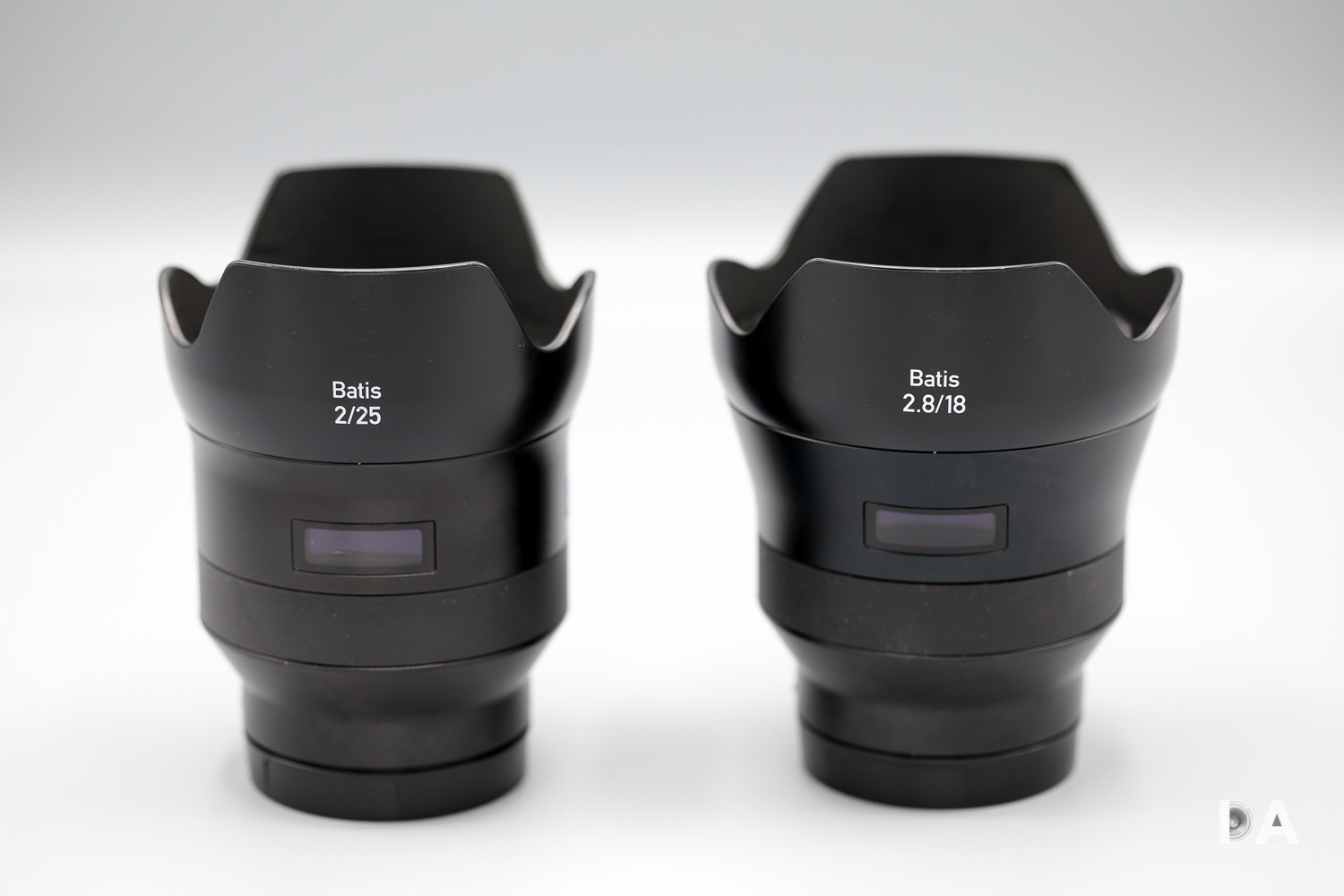

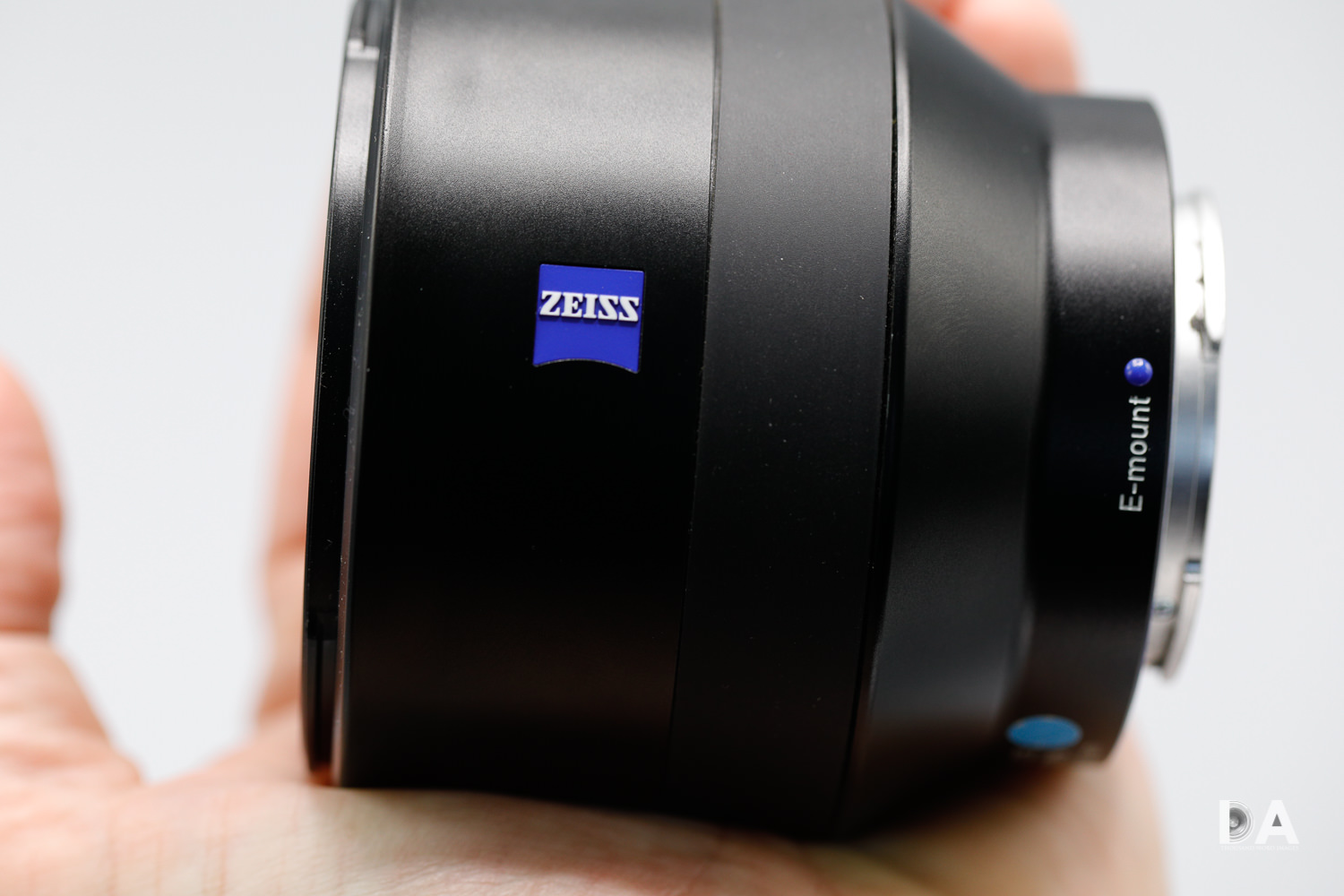
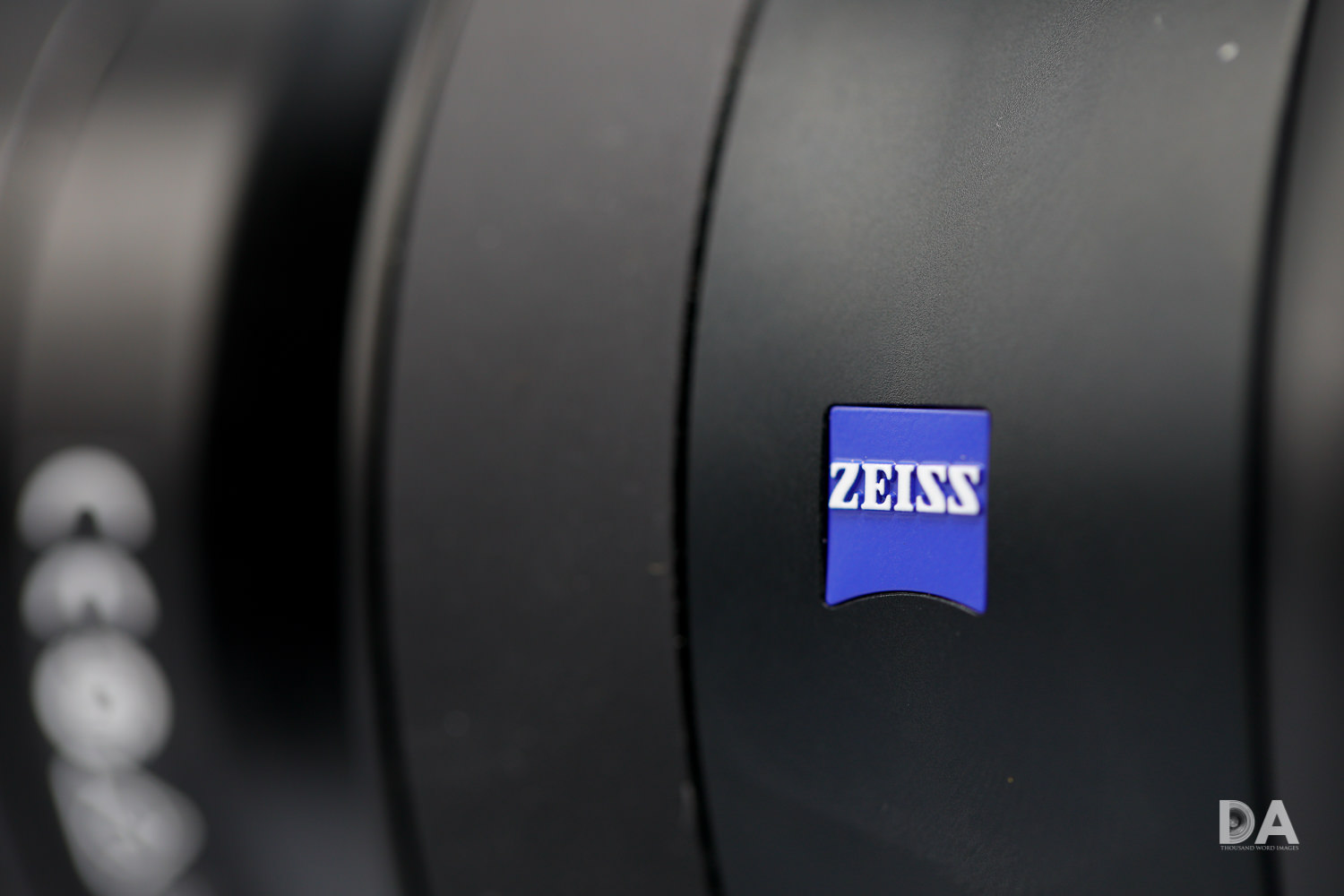
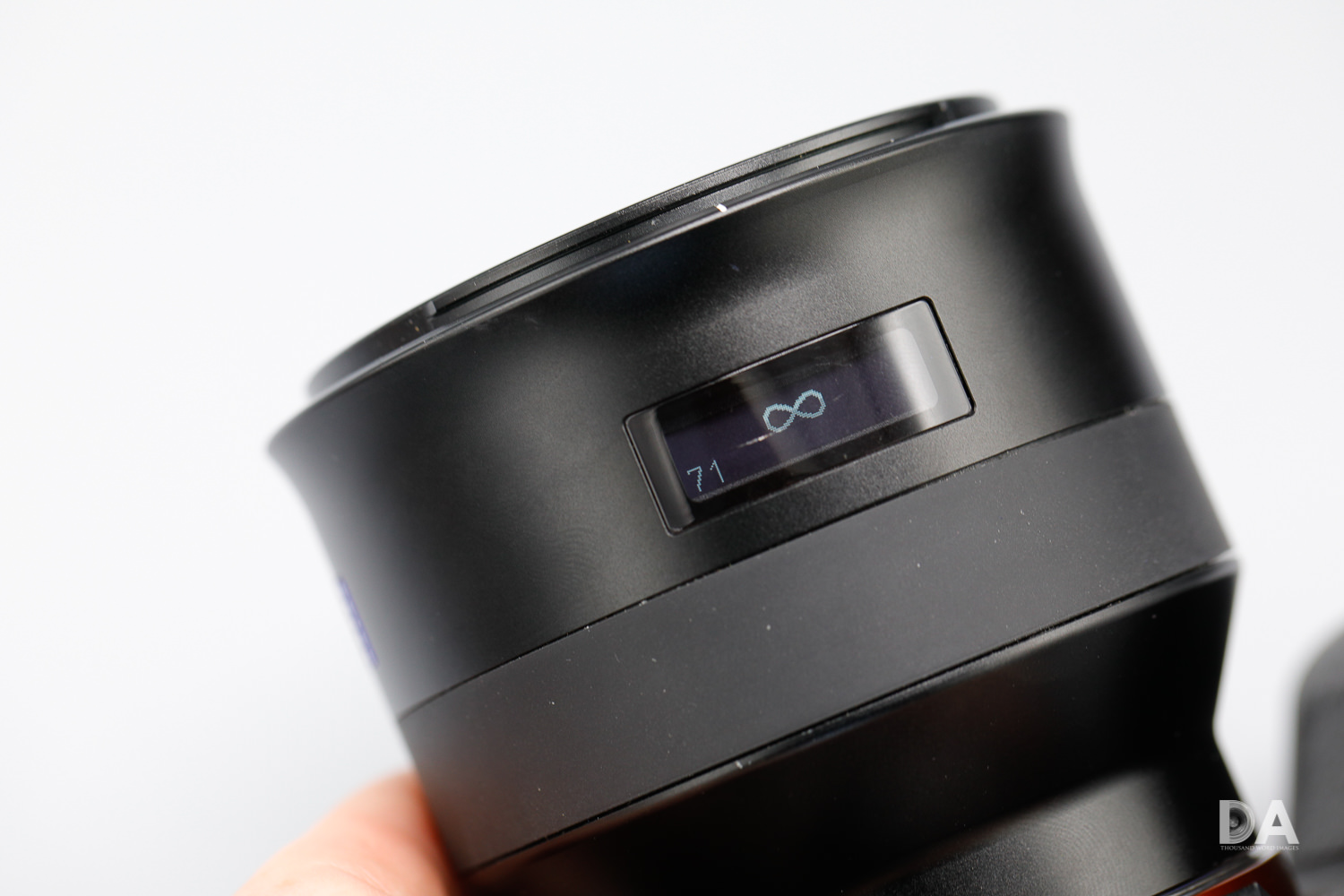
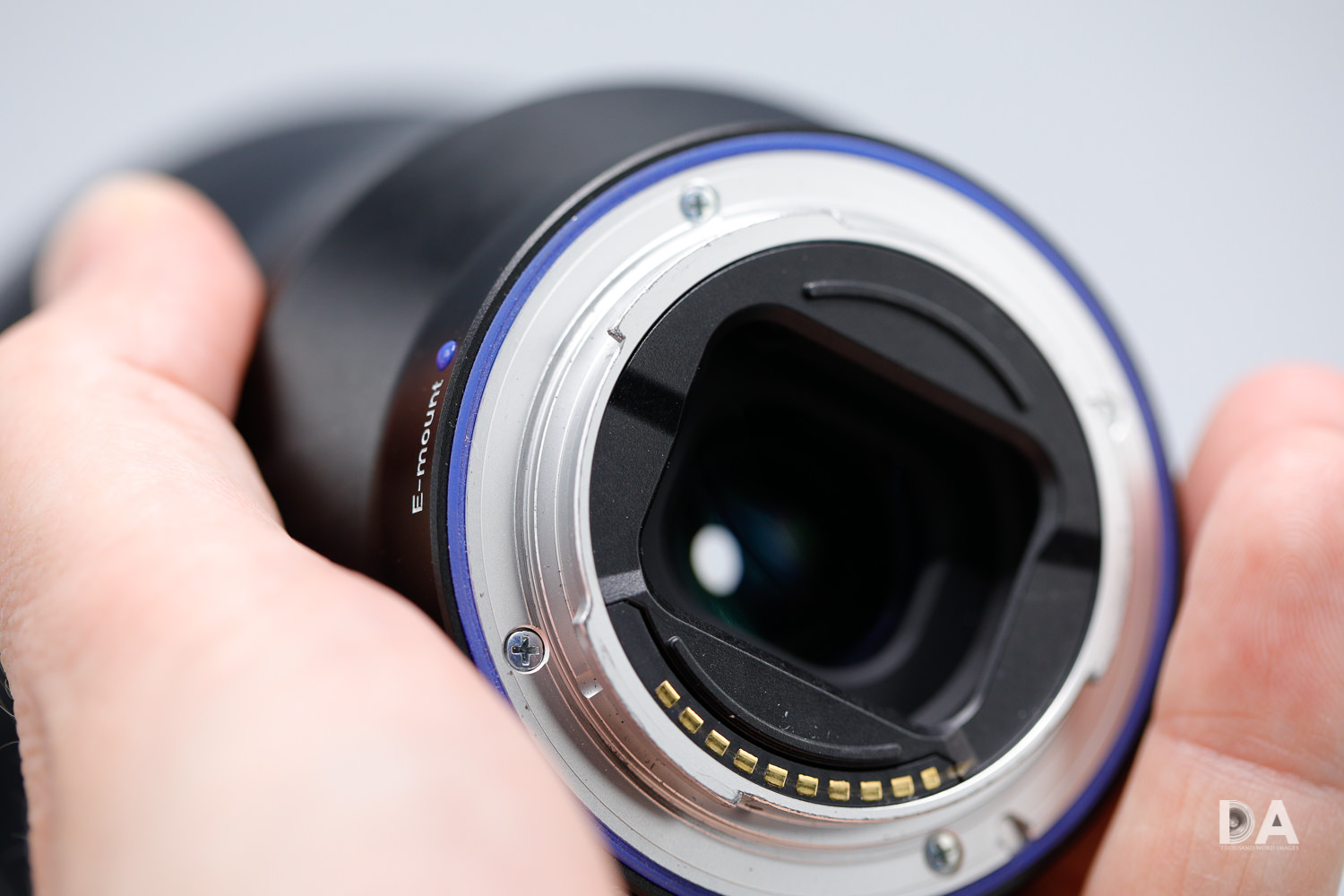
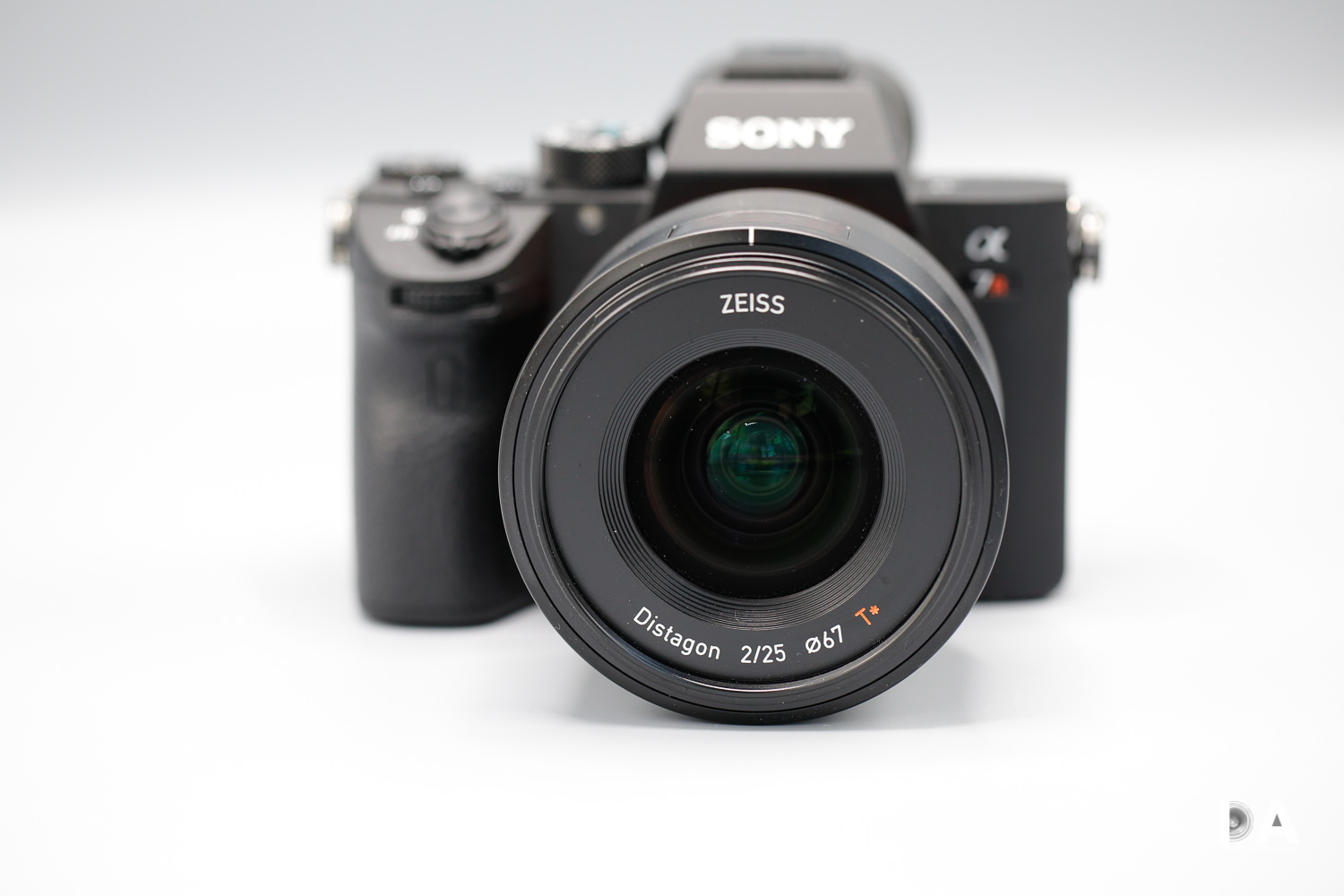

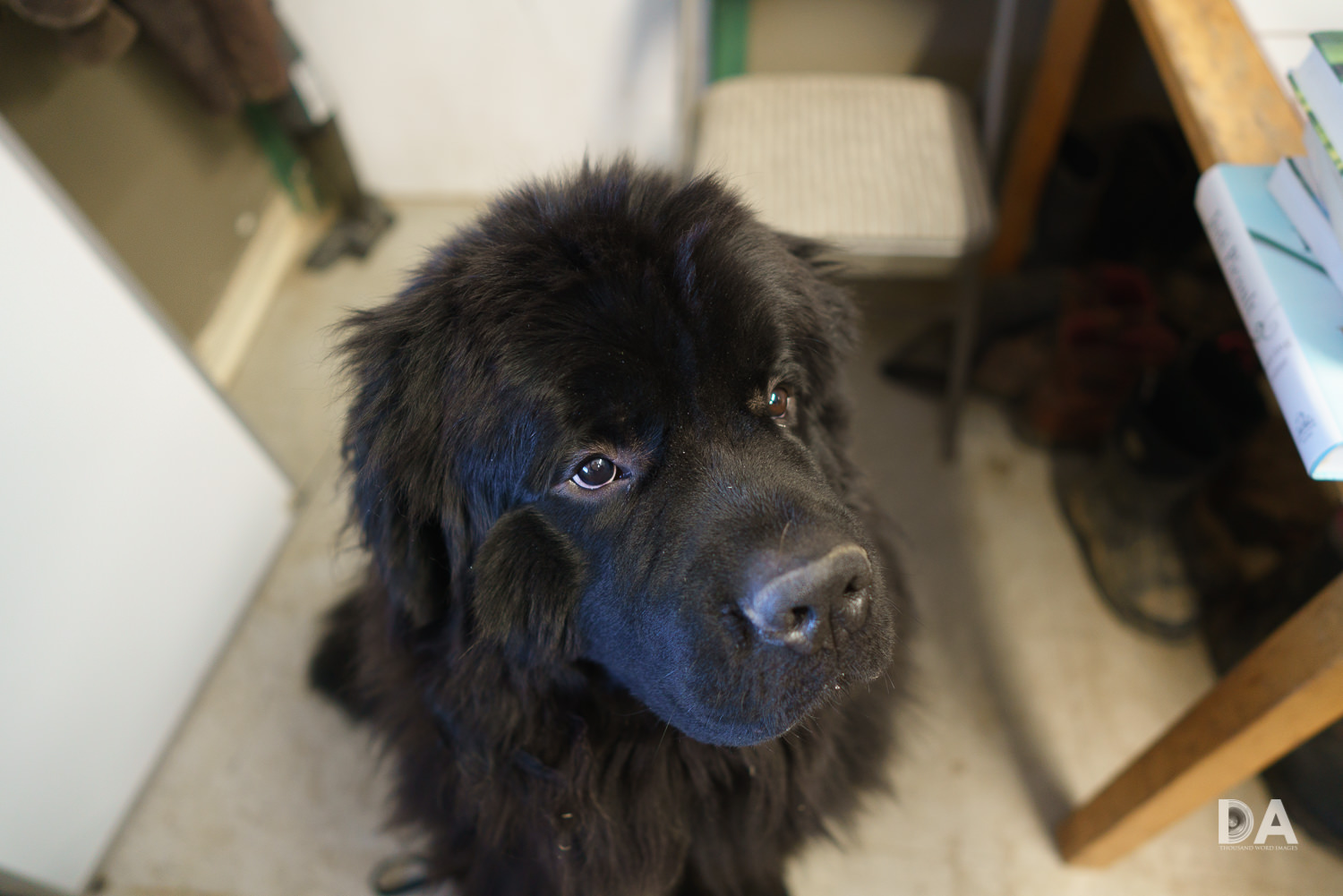


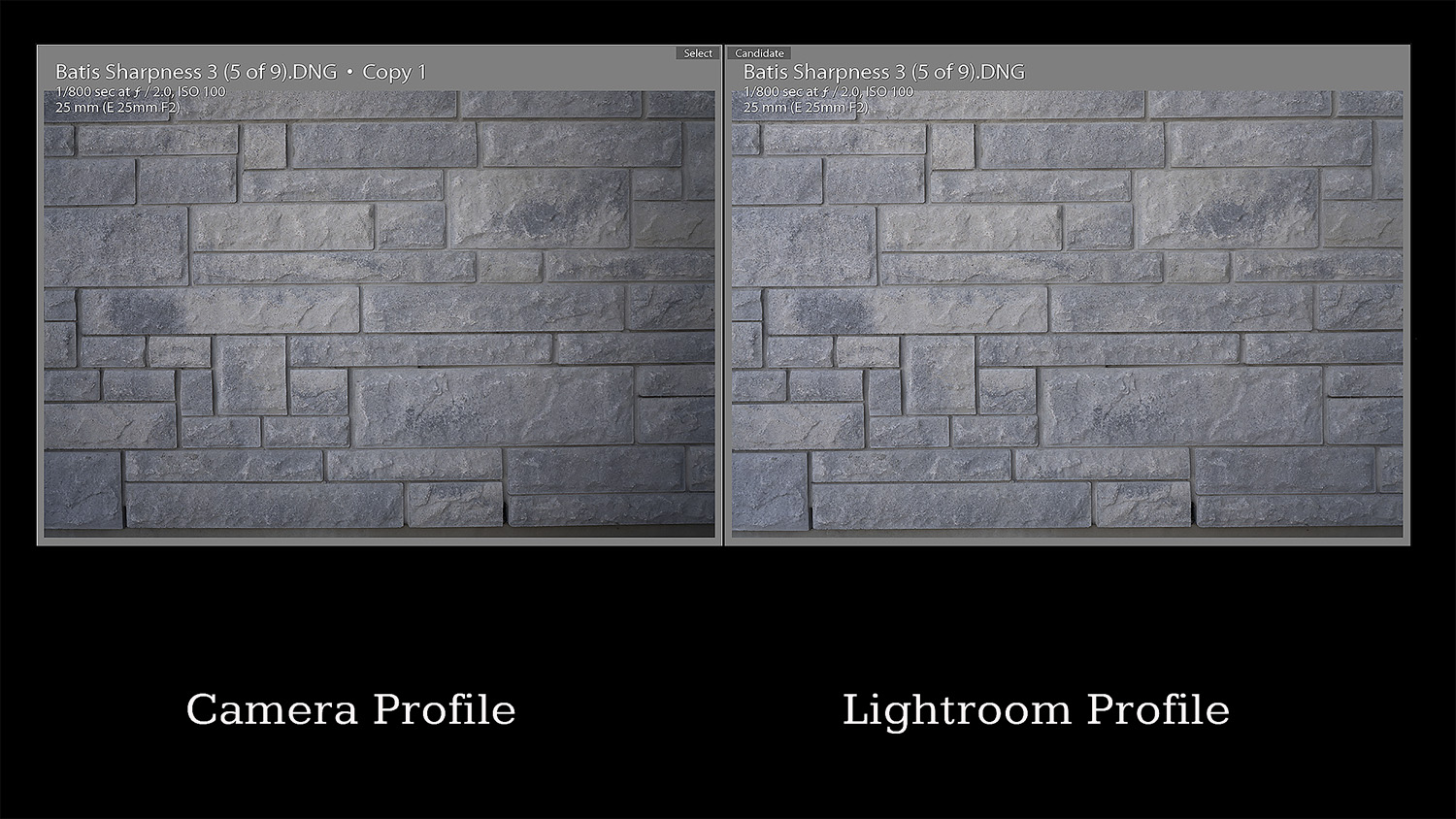
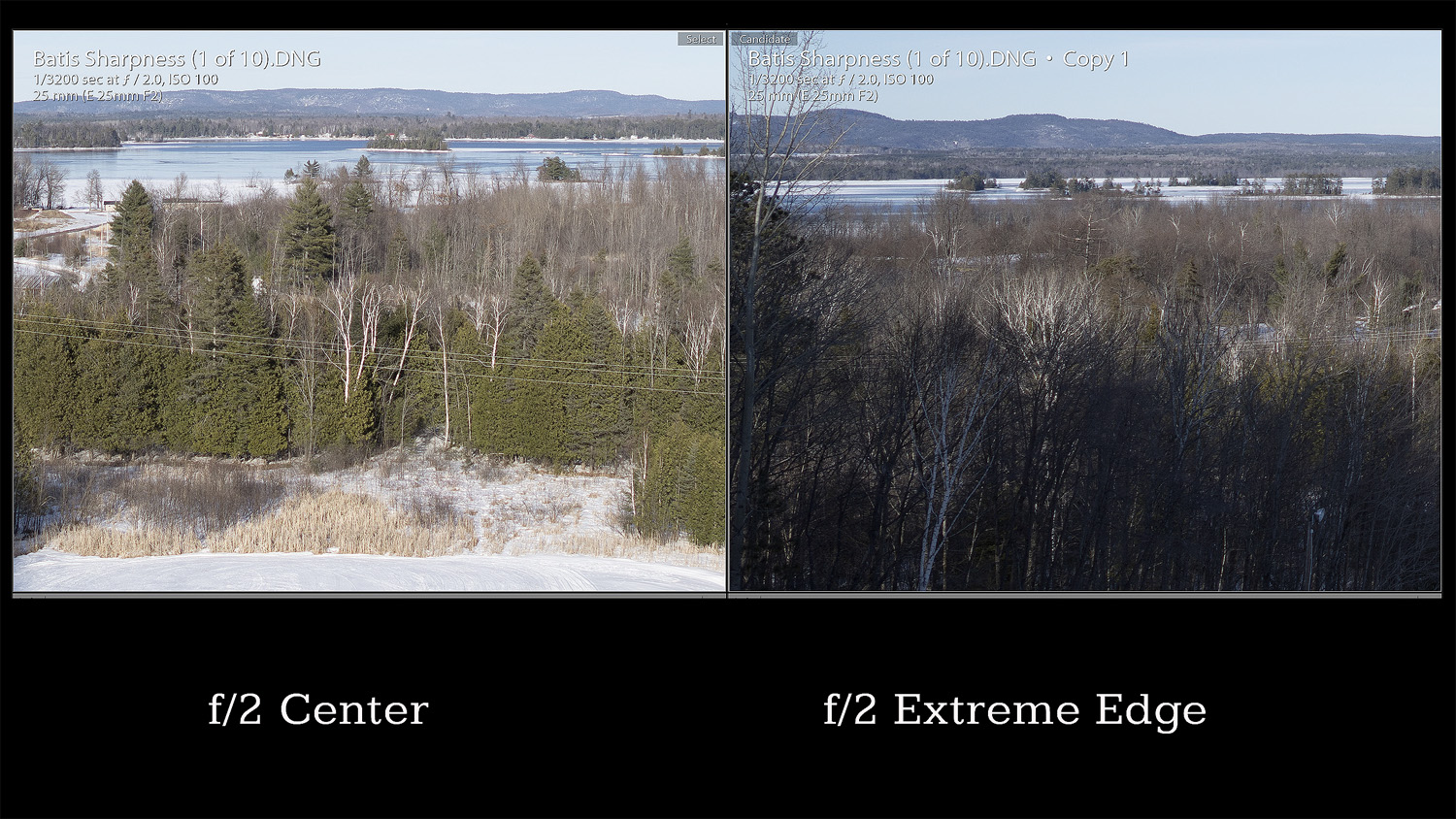

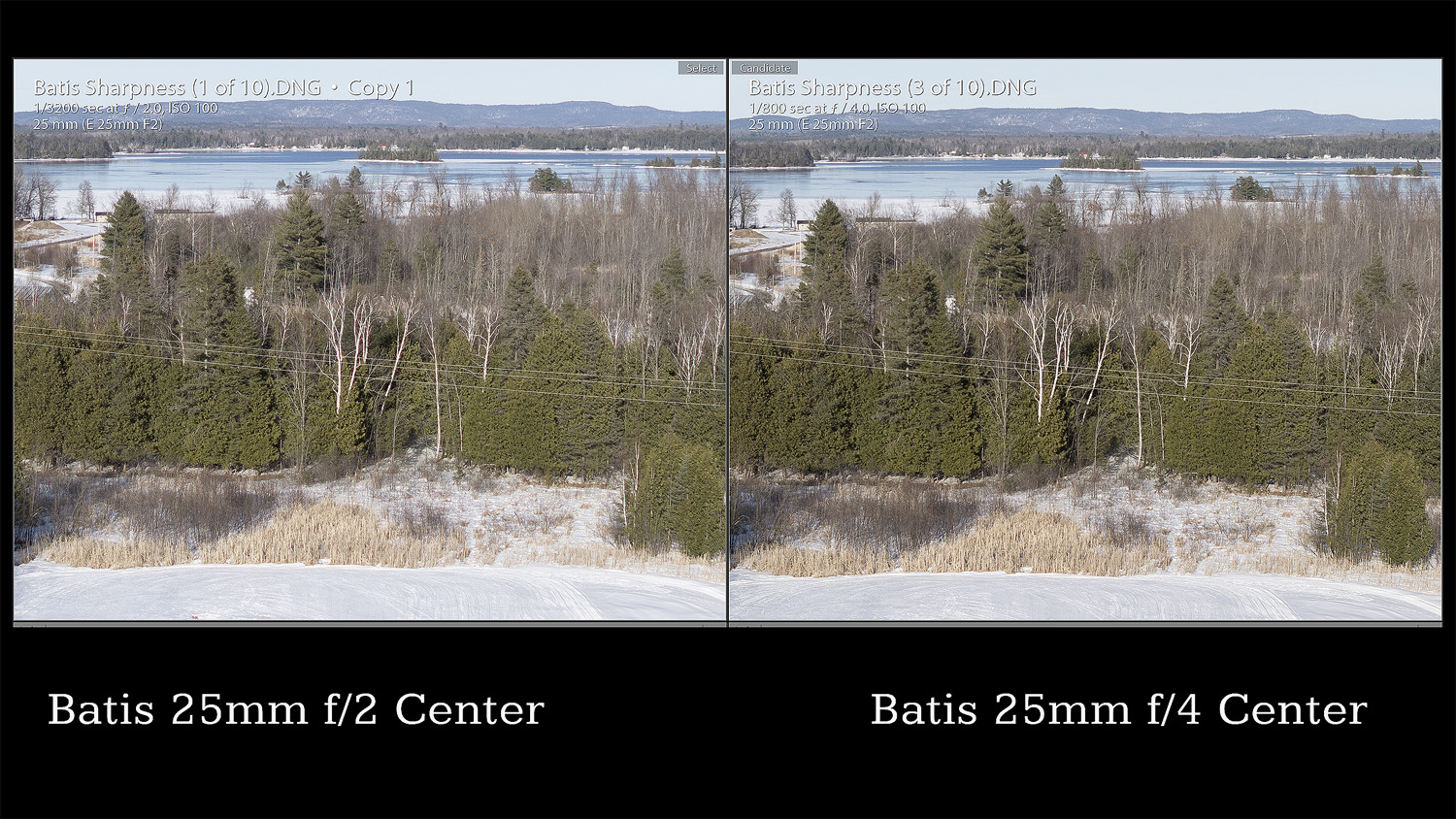


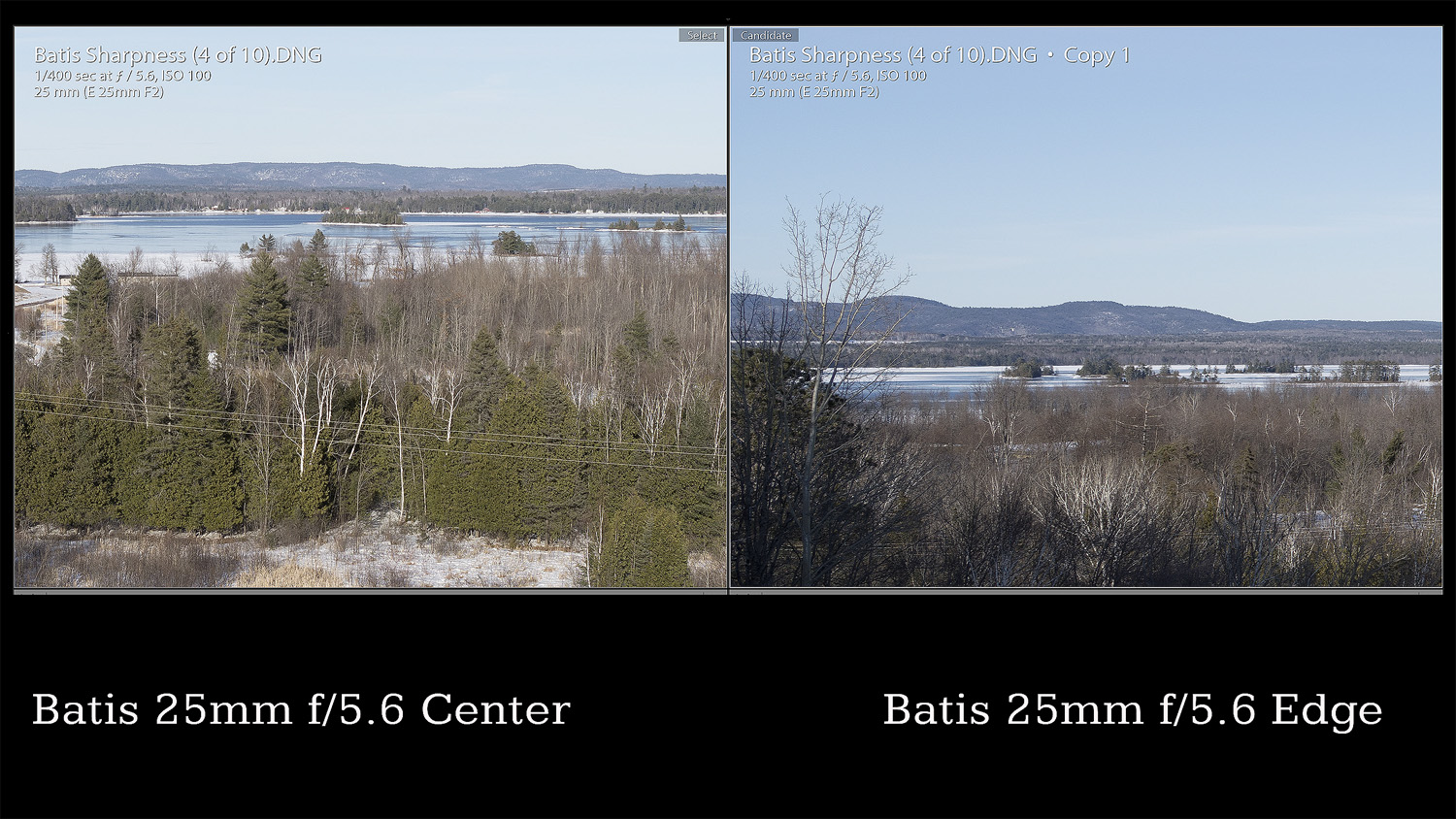
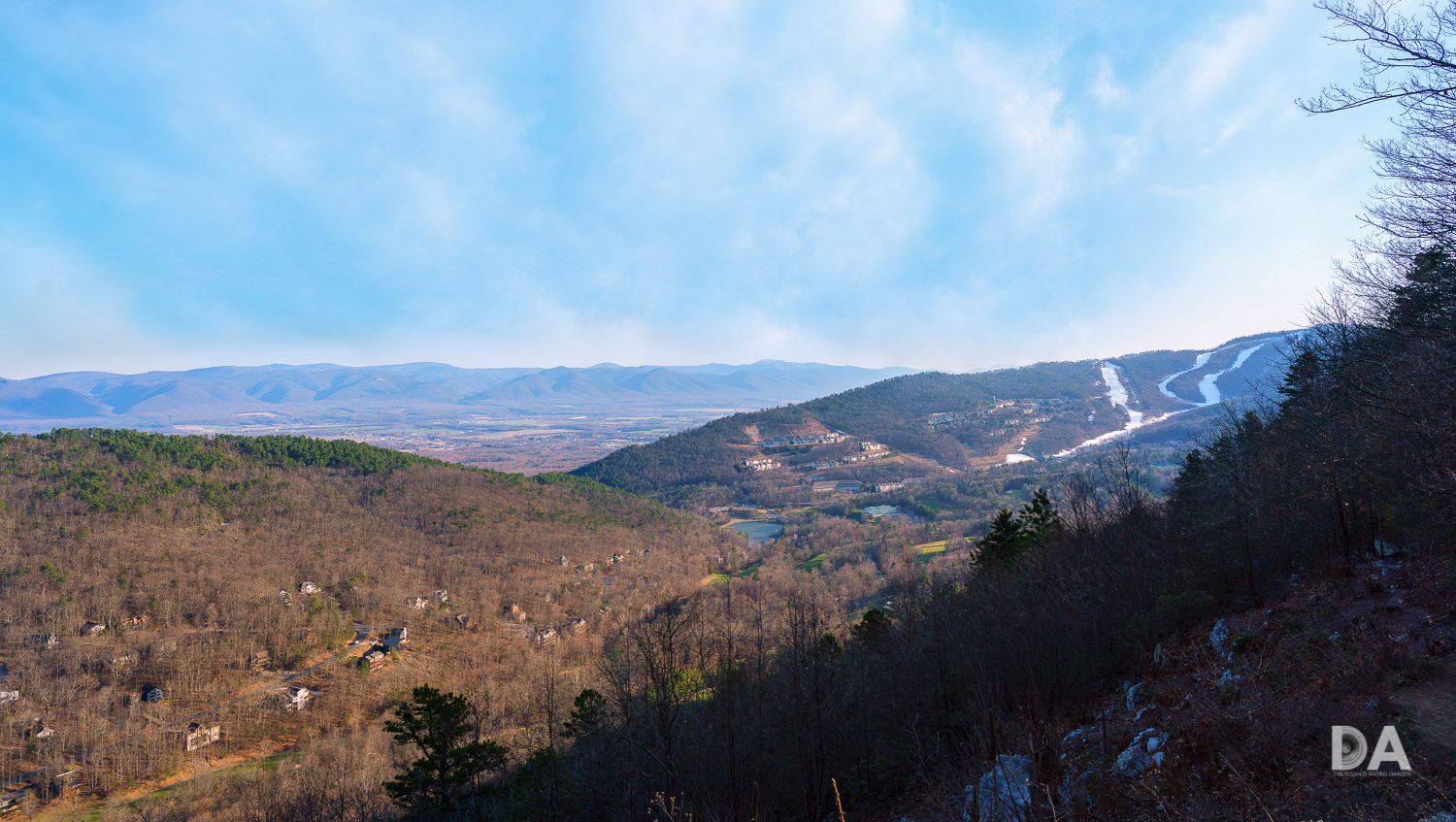
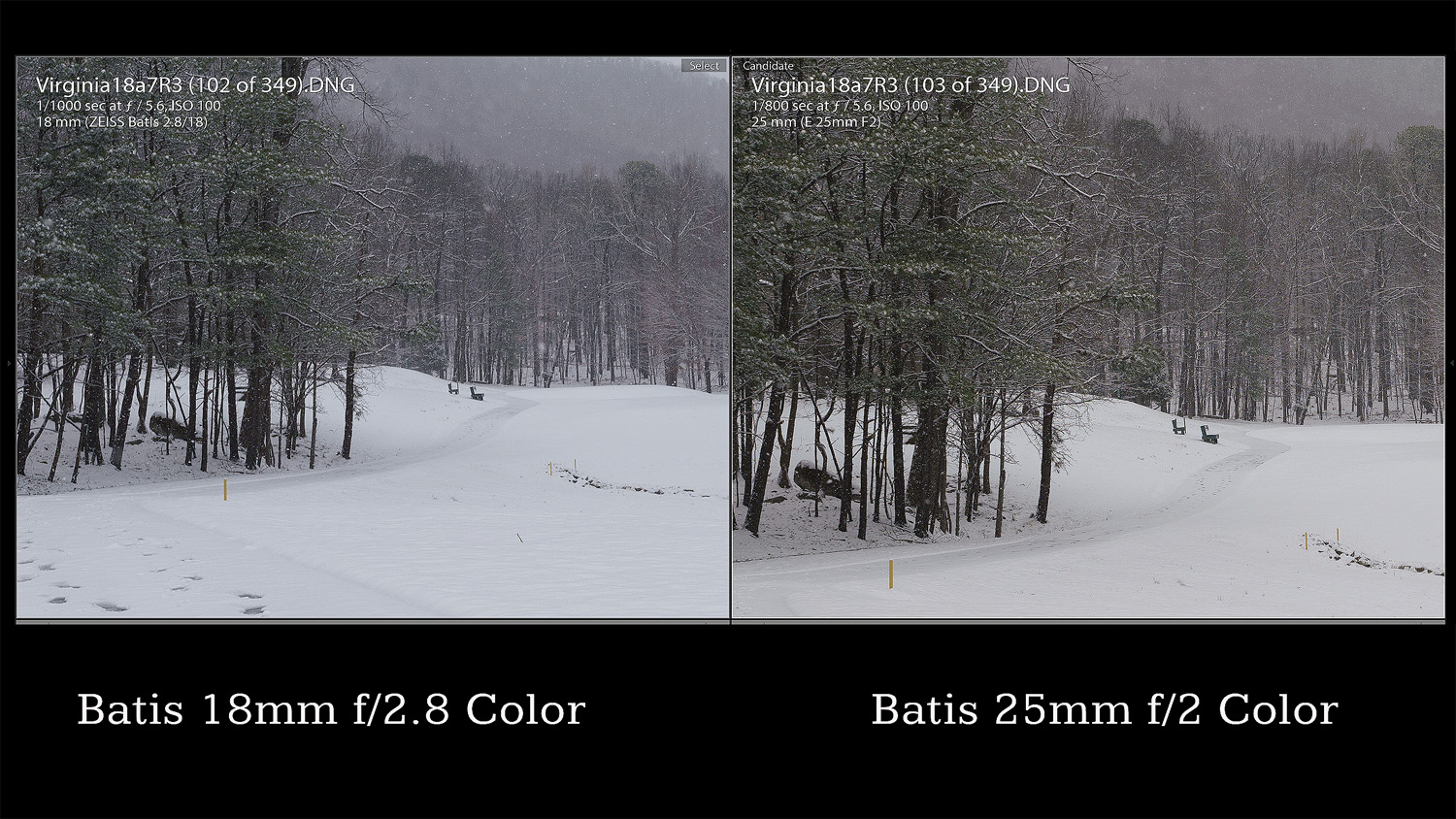
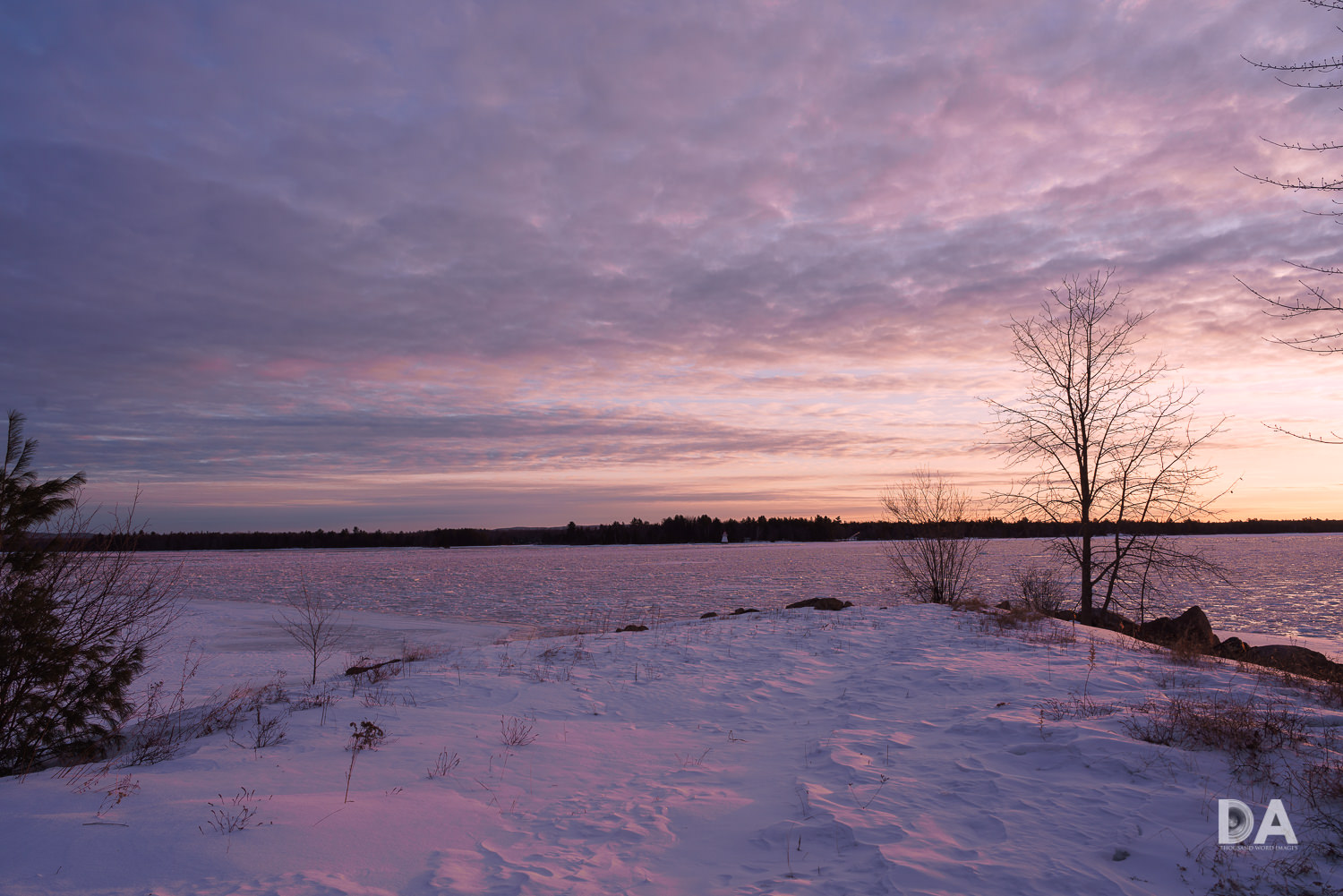
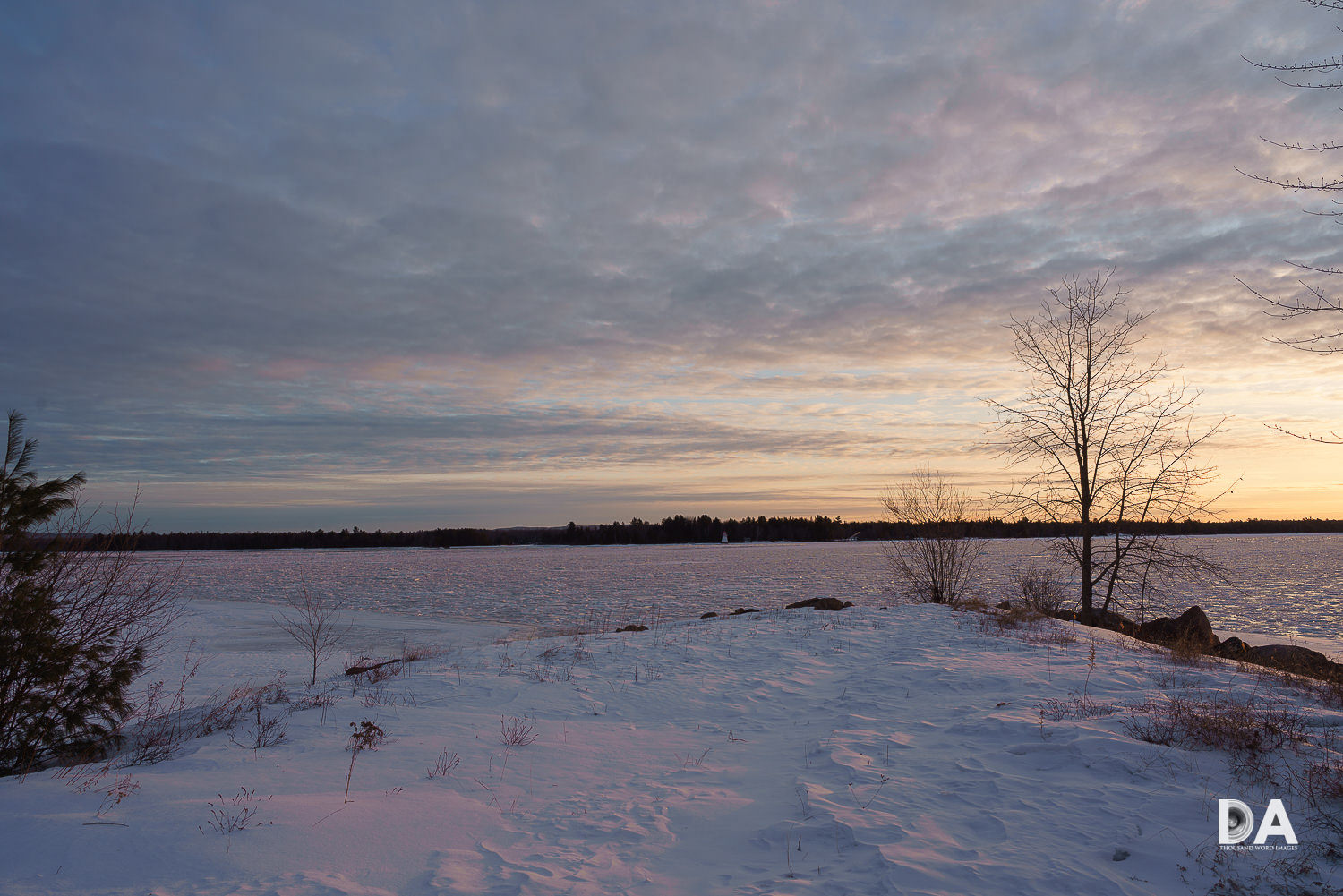

















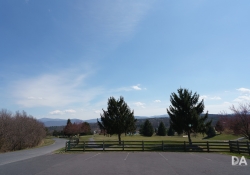






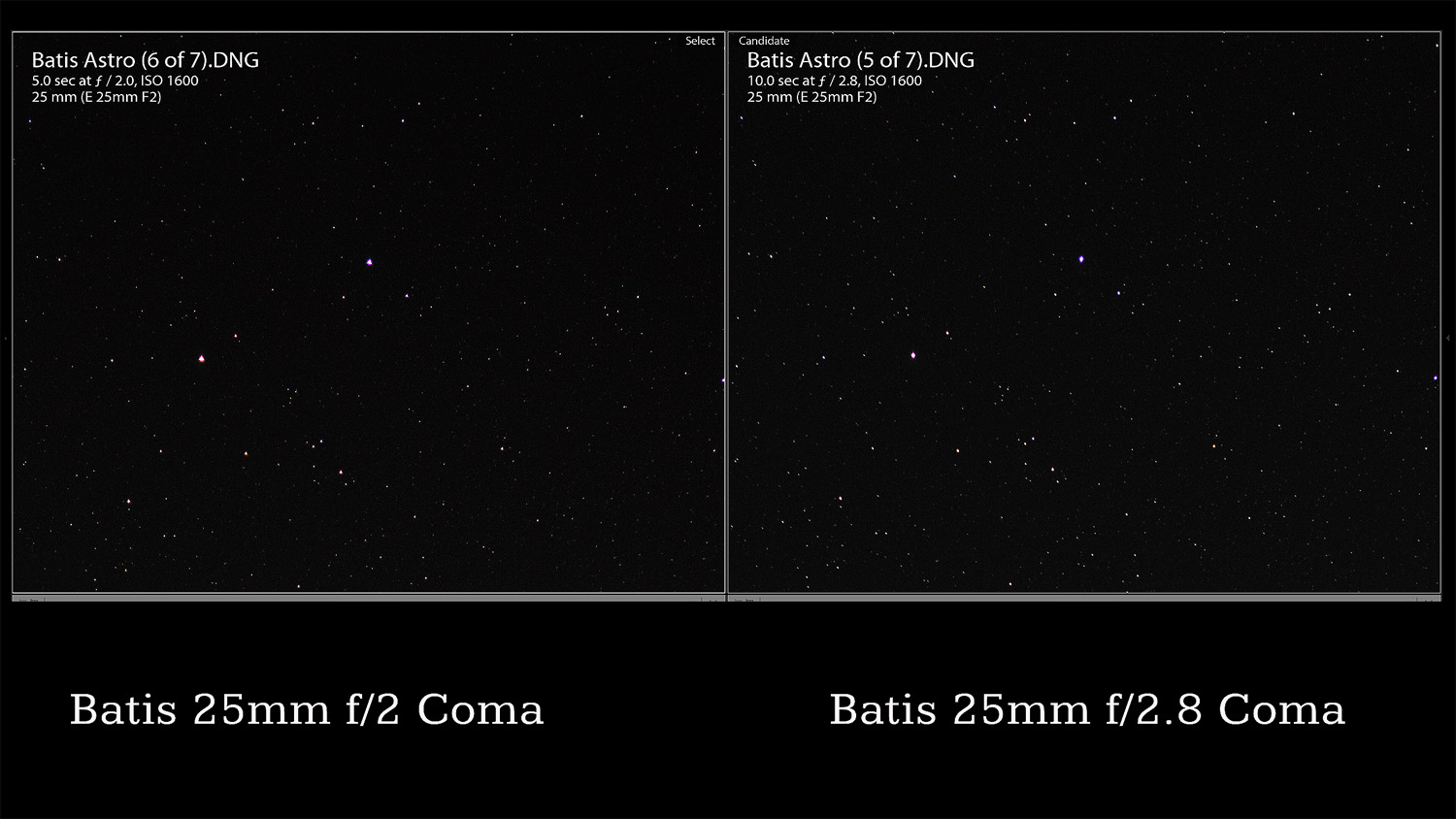

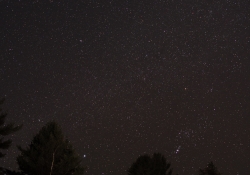
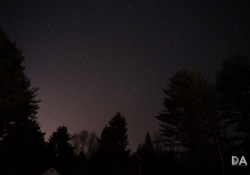
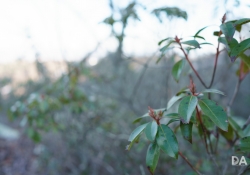


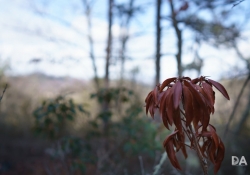




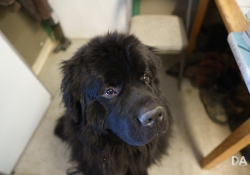
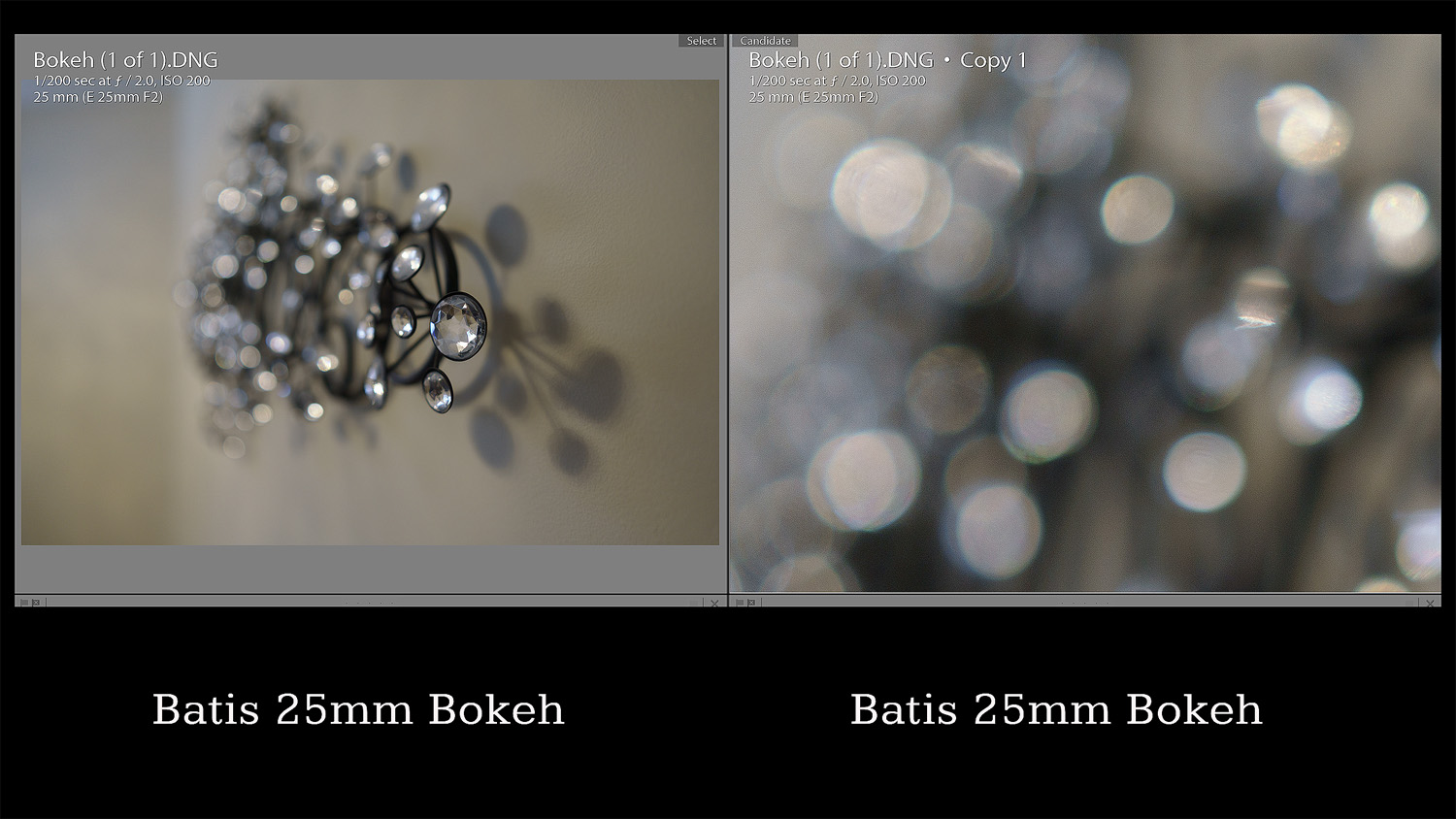



























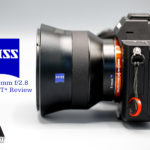
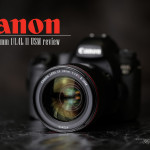


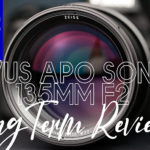


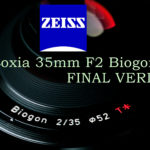
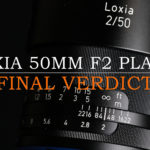
[…] The single greatest reason to buy Zeiss is because of their incredible experience with creating excellent optical instruments. The name has been synonymous with excellent image quality, and my expectations are frankly pretty high whenever I review a Zeiss lens. This lens employs the familiar Distagon optical arrangement and has 11 element in 10 groups. It is optically more complex than the 25mm f/2 due to the greater challenges with this wider focal length. Speaking of the Batis 25mm f/2: you can catch my review of it here. […]
[…] than less-than-impressive extreme corner performance at wider apertures. I would say that the Batis 25mm F2 is a little more consistent across the frame, but has a little less punch when stopped down […]